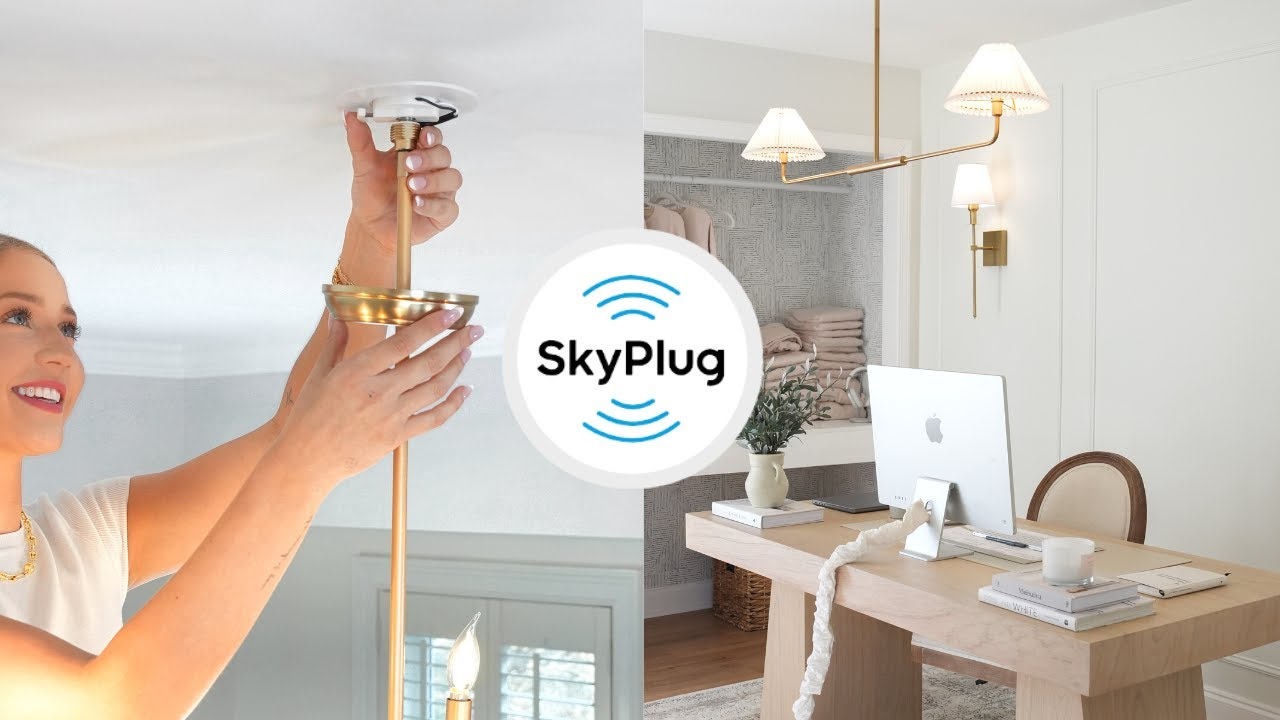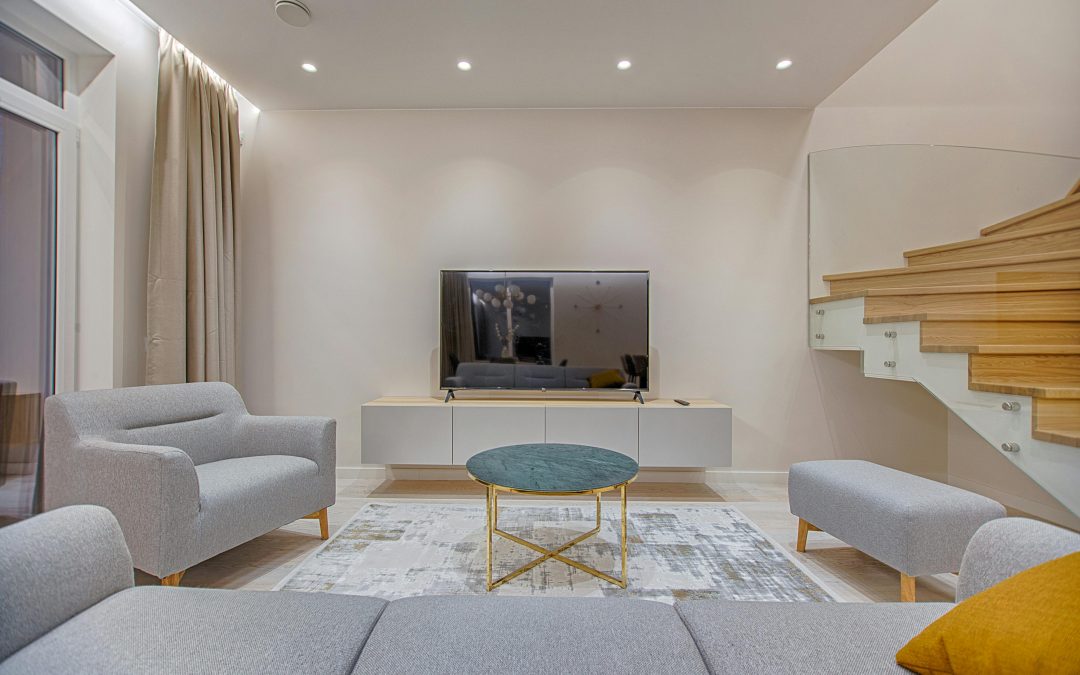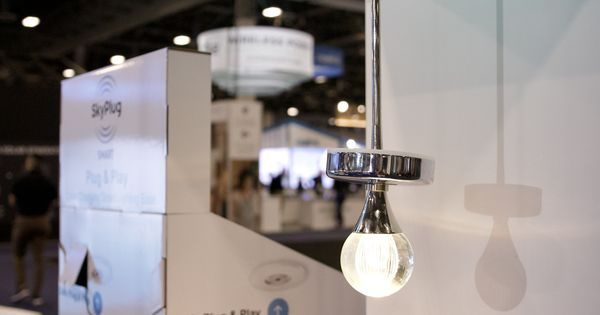Finding reliable and safe smart lights can feel overwhelming, with countless options flooding the market. Many homeowners struggle to identify trustworthy products among cheaper, potentially unsafe alternatives. When it comes to your home’s lighting, choosing safety-certified smart lighting isn’t just a preference; it’s essential for protecting your family and property.
Understanding what makes smart lights safe involves checking certifications like UL and ETL marks, which also ensure energy efficiency. These certifications and features like secure connectivity and proper integration capabilities, help guarantee that you’re investing in quality products that meet safety standards.
For new homeowners, knowing what to look for when shopping can be a hassle. Identifying certified smart lighting requires careful consideration of multiple factors. But stop overthinking. Scroll through the post to identify everything you need to make the right choice.
Understanding Certification Standards
Smart lights need special safety marks before they can be sold. These marks prove that experts have tested the lights and found them safe for your home. Without these safety marks, you can’t be sure if the lights are safe to use or if they might cause problems. Some essential ones are:
Essential Safety Certifications
When investing in smart lighting, safety should be your top priority. Certified smart lighting products undergo rigorous testing to ensure they meet strict electrical safety standards. These certifications typically include UL (Underwriters Laboratories), ETL (Intertek), and CE markings for European markets.
Environmental Considerations
Going green isn’t just good for the planet – it’s good for your wallet too. Certified eco-friendly smart lighting helps you save energy and money on your electricity bills. These lights are tested to use less power while still giving you all the bright light you need. They also last longer than regular bulbs, meaning you won’t have to replace them as often. Look for Energy Star certification and RoHS compliance when making your selection.

What to Look for When Shopping
Shopping for smart lights can be tricky with so many choices in stores and online. Before you spend your money, there are important things to check, like safety marks, brand names, and proper packaging. These simple details can help you distinguish between safe, high-quality lights and risky, low-quality ones.
Compatibility and Integration
- WiFi, Zigbee, or Bluetooth connectivity options
- Integration with major smart home platforms
- Mobile app support and regular firmware updates
- Voice assistant compatibility
Power Efficiency
- LED technology implementation
- Standby power consumption ratings
- Dimming capabilities and energy monitoring features
Safety Marks and Labels
Keep an eye out for these important marks:
- UL Label: This means the product has been tested for safety
- ETL Mark: Another trusted safety certification
- Energy Star: Shows the product saves energy
- CE Mark: Important for European safety standards
Verifying Product Authenticity
Many fake products look real at first glance, but they miss important safety features and could be dangerous. Knowing some simple tricks can help you spot real smart lights from fake ones, keeping your home and family safe.
Authentication Methods
- Check certification marks on packaging
- Verify product serial numbers on manufacturer websites
- Look for tamper-evident seals
- Download official apps from authorized sources
Red Flags to Watch For
- Missing certification labels
- Unusually low prices
- Poor quality packaging
- Lack of manufacturer contact information
Installation Tips
Setting up smart lights the right way is just as important as buying the right ones. While many people think they can just plug and play, proper installation ensures your lights work safely and last longer. A few simple steps during setup can prevent problems and keep your home safe from electrical issues.
Getting Started
- Read all instructions before starting
- Turn off power at the circuit breaker
- Take pictures of old wiring before removing anything
- Follow the manufacturer’s guide step by step
- Keep the manual for future reference
Making Sure Everything Works
After installation:
- Test all features right away
- Download the official app
- Connect to your home’s WiFi
- Try different settings
- Save your receipt and warranty information
Maintaining Your Smart Lights
Like your phone needs updates, your smart lights need regular care to work their best. Simple maintenance can prevent common problems and help your lights last much longer.
Regular Care
- Clean dust off lights regularly
- Check for loose connections
- Update the app when needed
- Look for damage or wear
- Test emergency features monthly
When to Get Help
Call a professional if:
- Lights flicker unexpectedly
- The app shows error messages
- You hear strange noises
- The lights feel hot
- You smell anything unusual
Making the Smart Choice
With so many options available, focusing on certified products helps narrow your choices to the safest and most reliable ones. Following a few basic guidelines can also help you make a smart decision.
Research Steps
- Make a list of what features you need
- Compare prices from different stores
- Read reviews from real buyers
- Check warranty coverage
- Look up the company’s customer service reputation
Budget Planning
Think about:
- How many lights you need
- Installation costs
- Extra features you want
- Long-term savings
- Warranty length
Final Tips for Success
Consider these as your final checklist to ensure you’ve covered all the important points before buying.
- Start with one room to test the system
- Keep all packaging until you’re sure everything works
- Save setup instructions and passwords
- Take photos of certification marks and receipts
- Join online communities for support and tips
Conclusion
Choosing the right smart lights doesn’t have to be complicated. By looking for proper certifications, understanding basic features, and following installation guides, you can create a safe and efficient lighting system for your home. Remember that spending a little more on certified products now can save you money and worry in the future. So, choose the right products, and don’t hesitate to ask questions when shopping. With these guidelines, you can make smart choices for your home lighting needs.


Recent Comments